Red Meat Prices Soar in the United States Due to Beef Shortage
First-class citizens in the United States are witnessing a staggering surge in red meat prices. This surge is primarily driven by relentless consumer demand and the gradual decline in the cattle population, mainly due to the adverse effects of drought.
Take Mary Skinner, for example. As per her doctor's prescription, she needs to consume meat. However, due to the soaring prices, she can no longer afford steaks and has to settle for ground meat or cheaper cuts. "I have an extreme need for protein," explains the sixty-year-old as she exits the renowned Grand Central Market in New York.
While overall inflation in the United States slowed to 3.7% in September, retail steak prices remain at an astonishing 9.7% increase. In just three years, red meat's flagship cut has surged by 27%.
To combat the rising costs, many consumers are turning to alternative measures. For instance, a gentleman from Connecticut, in his thirties, has subscribed to the home delivery service ButcherBox to mitigate his expenses. By paying $150 to $160 every two or three weeks, he receives six cuts of meat. Nevertheless, he admits that even this method has become costlier over time. "It's reached a point where I've started buying mostly slow-cooking meat, which is more affordable and lasts longer," he adds.
The surge in beef prices goes beyond the overall inflation that has affected the entire American economy for the past two years.
Drought stands as the primary cause for this alarming situation. Scott Brown, a professor at the University of Missouri, notes that "the beef cattle population is at its lowest since the 1960s." Over the past five years, the cattle population has seen a decrease of nearly 10%, as reported by the U.S. Department of Agriculture (USDA).
Drought conditions have adversely impacted livestock regions, especially the Great Plains of the United States, for several years. Scott Brown suggests that the onset of this phenomenon can be traced back to the fall of 2020. The lack of precipitation has led to diminished pastures and skyrocketing forage prices.

Consequently, ranchers have been compelled to significantly reduce the size of their herds. In 2022, slaughter rates reached their highest levels since the early 1980s. Ross Baldwin of the agricultural consulting firm AgMarket.Net sheds light on the fact that this reduction in the cattle population was intensified by increased cattle mortality caused by a sudden heatwave in August, coupled with above-average humidity.
Ranchers have attempted to compensate for this by breeding cattle that yield more meat than a decade ago and by increasing the number of animals calving.
Meanwhile, the demand for red meat continues to rise. In 2022, Americans consumed an average of 26.8 kg of beef (equivalent to 500 g per week), which marked an increase compared to 2021 (+0.3%). According to the USDA, this growth has reached almost 10% since 2015.
With diminished supply and robust demand, wholesale cattle prices have more than doubled since March 2020 (+133%). To make the most of the record prices, many ranchers have chosen to sell their heifers earlier. This prevents the cattle population from growing, as explained by Ross Baldwin, who anticipates that this situation will persist for at least one year. He further predicts that it will take another three years for the population to truly begin increasing.
In the meantime, David Anderson, a professor at Texas A&M University, warns that "retaining heifers for breeding would reduce meat production in the short term and further drive up prices."
Finding sufficient pastures to accommodate a rebuilt cattle population also poses a challenge. Scott Brown suggests that the less cattle-populated Southeast region, which has faced comparatively less severe drought, could potentially receive beef cattle transportation.
The USDA anticipates another deceleration in beef production in 2024. Therefore, Ross Baldwin projects that retail prices will remain elevated, possibly leading consumers to question their ability to sustain such high prices.
Although the market may eventually adjust itself through a decline in demand, there are currently no indicators of such a scenario unfolding.
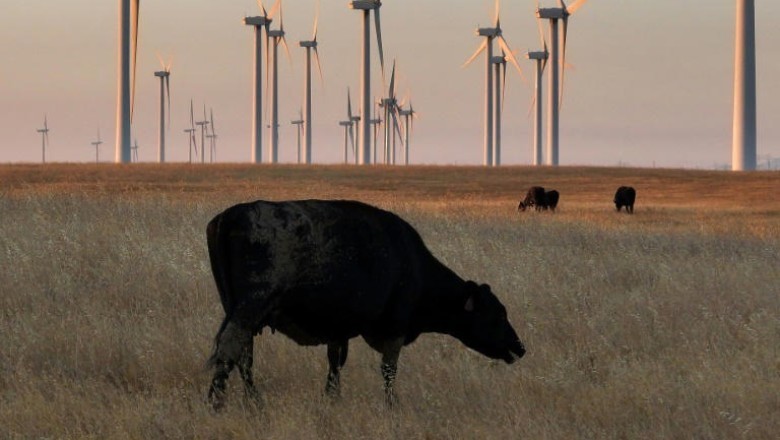













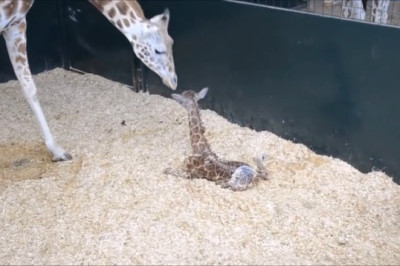
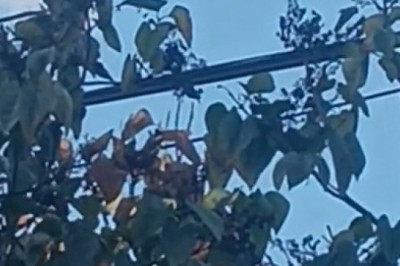

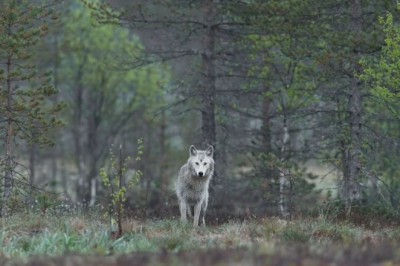


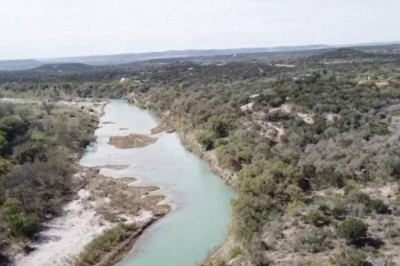
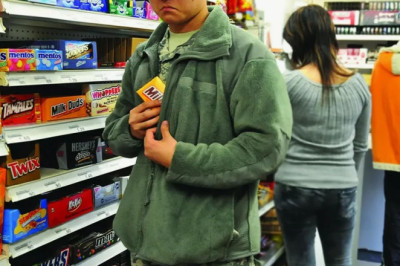
Comments
0 comment